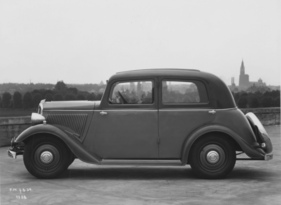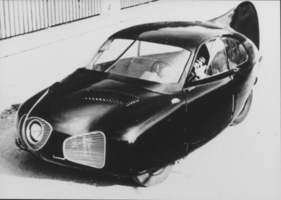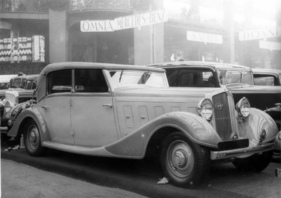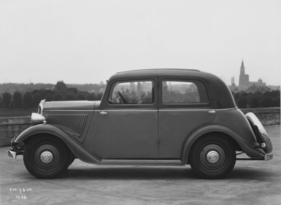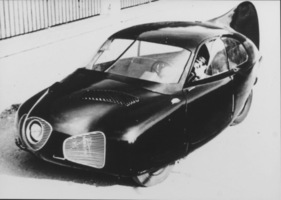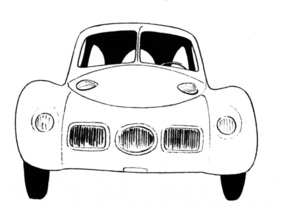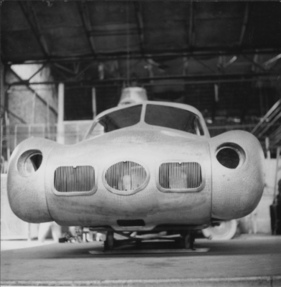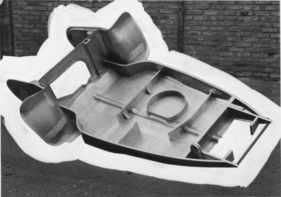Mathis VL 333 - three-liter car without compromise
Summary
Three wheels are better than four when it comes to low rolling and air resistance. Jean Edouard Andreau was convinced of this idea. Emile Mathis also saw in a three-wheel design the possibility of building a convincing automobile for two to three occupants in times of scarce resources. The result was a speed of 105 km/h and consumed just over three liters of petrol per 100 km. None of the competitors were more uncompromising. Unfortunately, only eight prototypes/pre-series examples were built, but it is worth taking a look back, especially from today's perspective.
This article contains the following chapters
- No stranger to
- An ingenious inventor
- No coal
- Outstanding aerodynamics
- Three wheels with many advantages
- Engine with borrowings from aircraft construction
- A lot of development work
- Presentation at the Paris Motor Show
- Only eight examples
Estimated reading time: 8min
Preview (beginning of the article)
A car on three wheels for three people and with a fuel consumption of around three liters? This sounds like utopia when you know that the Mathis VL 333 was launched in 1946. At that time, the quality of gasoline was so poor that engines still had to be very low-compression. And much less was known about aerodynamics than today. This made the efficiency of the compact car all the more impressive. It would be over 50 years before it was possible to buy a standard three-liter car, the VW Lupo 3L in 1999. Emile Mathis, actually Ernest Charles Mathis, was an automobile pioneer. In 1898, at the age of 18, he opened a garage to sell and repair automobiles. Mathis built his first cars together with Ettore Bugatti at the beginning of the 20th century, then founded his own car company in 1910 and began selling vehicles under the Mathis brand.
Continue reading this article for free?
Photos of this article







